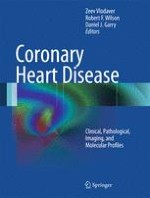Abstract
The heart is a dynamic organ that pumps more than two billion beats in the average lifetime. It is the first organ to develop during embryogenesis and requires a complex interaction of signaling factors, transcriptional networks, and microRNAs to regulate discrete stages of cardiac specification, differentiation, chamber formation, and growth. Spontaneous genetic mutations in humans and engineered molecular mutations in model systems have improved our understanding of cardiac development in both the human and nonprimate heart. While congenital heart disease (CHD) is relatively common and can be life-threatening, emerging therapies including catheter-based interventions, surgical repair, cellular repair, and cell therapy are improving survival and resulting in increased numbers of adults living with heart disease. Better understanding the mechanisms that govern cardiac development can clarify the pathology of CHD and help develop new therapies for this patient population.
